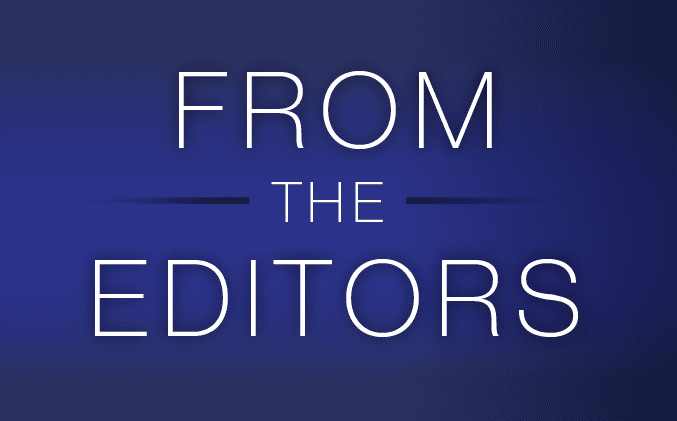 Do you have what it takes to succeed in the future state of learning and development? In its first annual “Workplace Learning Report,” LinkedIn Learning sourced insight from industry leaders in corporate learning and development and leadership to answer that question.
Do you have what it takes to succeed in the future state of learning and development? In its first annual “Workplace Learning Report,” LinkedIn Learning sourced insight from industry leaders in corporate learning and development and leadership to answer that question.
According to the report, learning leaders who want to win and drive change in the modern workplace will take at least three steps:
- Cut out the order-taking and start identifying real training needs. Learning leaders don’t exist in their organizations to play the role of service providers, said learning and development consultant and author of the online course “The Neuroscience of Learning,” Britt Andreatta. It might feel satisfying to deliver what a business leader asks for, no questions asked, but questions need to be asked. When they aren’t, the learning department may create a dynamite program that has surface value but lacks long-term impact.
Moving forward: Learning leaders should act more like consultants, “partnering with leaders and managers to identify and address root causes,” the report said. That means asking as many questions as it takes to learn about the true challenges at hand. In doing so, CLOs will contribute to their organization’s long-term health by driving deeper, more meaningful change.
Further, learning leaders can add even greater value by understanding what phase of development their company is in as well as what phase individual functions are in. When CLOs can identify where their company is in its growth journey they can better predict future business needs that will need learning solutions.
The LinkedIn Learning report recommended the Greiner Curve, designed by Larry Greiner, a professor at USC’s Marshall School of Business, as a tool learning leaders can use to identify what developmental phase their company is currently in.
- Deliver learning that meets the modern learners’ expectations. Corporate learning leaders need only look to the consumer market to see what is capturing and holding today’s learners’ attention — experiences, not one-off programs. And since skills have such a short shelf-life today, learning has to take place on a continuum and be delivered in ways that are pliable and packaged for this reality.
Moving forward: Experiences will be more impactful than events, especially when behavioral change is needed. And simply talking about the behavior won’t do, the report said. Andreatta recently discussed with Chief Learning Officer the importance of including practice in learning engagements. She said it takes as many as 40-50 repetitions of a behavior to form a new habit.
Also, meet modern learners where they are. In this case that means giving them the ability to access content on their terms, which includes online and mobile technologies as well as microlearning.
- Build a learning culture that rewards growth. “The single biggest driver of business impact is the strength of an organization’s learning culture,” industry analyst Josh Bersin said in the report.
In such an environment, learning is transformative; it has psychological, behavioral and convictional implications. In it, managers play a pivotal role. According the report, to help a learning culture thrive, managers must know how to value growth and improvement. They’re not just assessing their employees’ performance; they’re looking at their employees’ growth. Here, “employees celebrate the ‘Aha! Moments’ just as much as they do the results or successes,” the report said.
Finally, in learning cultures the learning itself is highly accessible. Modern learners want to quickly pick up the information to do their job as it happens. When learners access learning at their point of need they’re more likely to retain it longer than they would when being told what to do outside of the moment, the report said.
Bravetta Hassell is a Chief Learning Officer associate editor. Comment below, or email editor@CLOmedia.com.















